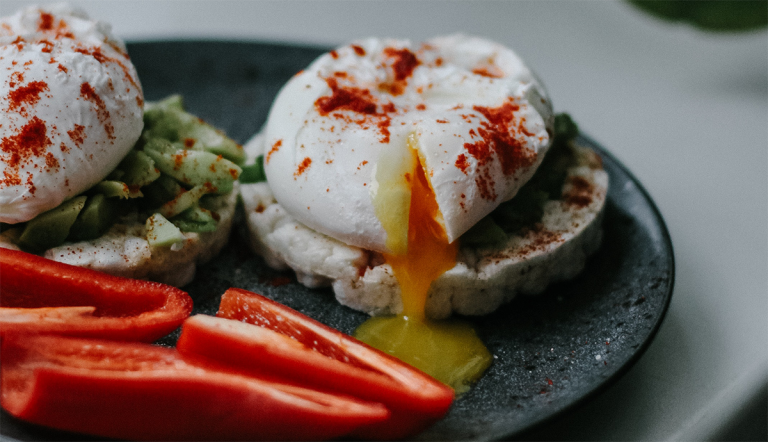
“A feast fit for a king” is a phrase known to elicit certain types of imagery in our minds. We might imagine feasts that involve exotic beasts like lions or ostriches, perhaps served with insane portions of side dishes presented beautifully.
Over the course of history, there have been plenty of kingly feasts that matched those kinds of descriptions. However, many of the ingredients used are no longer as decadent (in price) as they used to be.
Some dishes are still absolutely off-limits for us laypeople to try, but not all of them. Thanks to the expanse of food delivery and farming tech, we can now afford many ingredients that would regularly appear on royal tables. Don’t believe it? Try these recipes below.
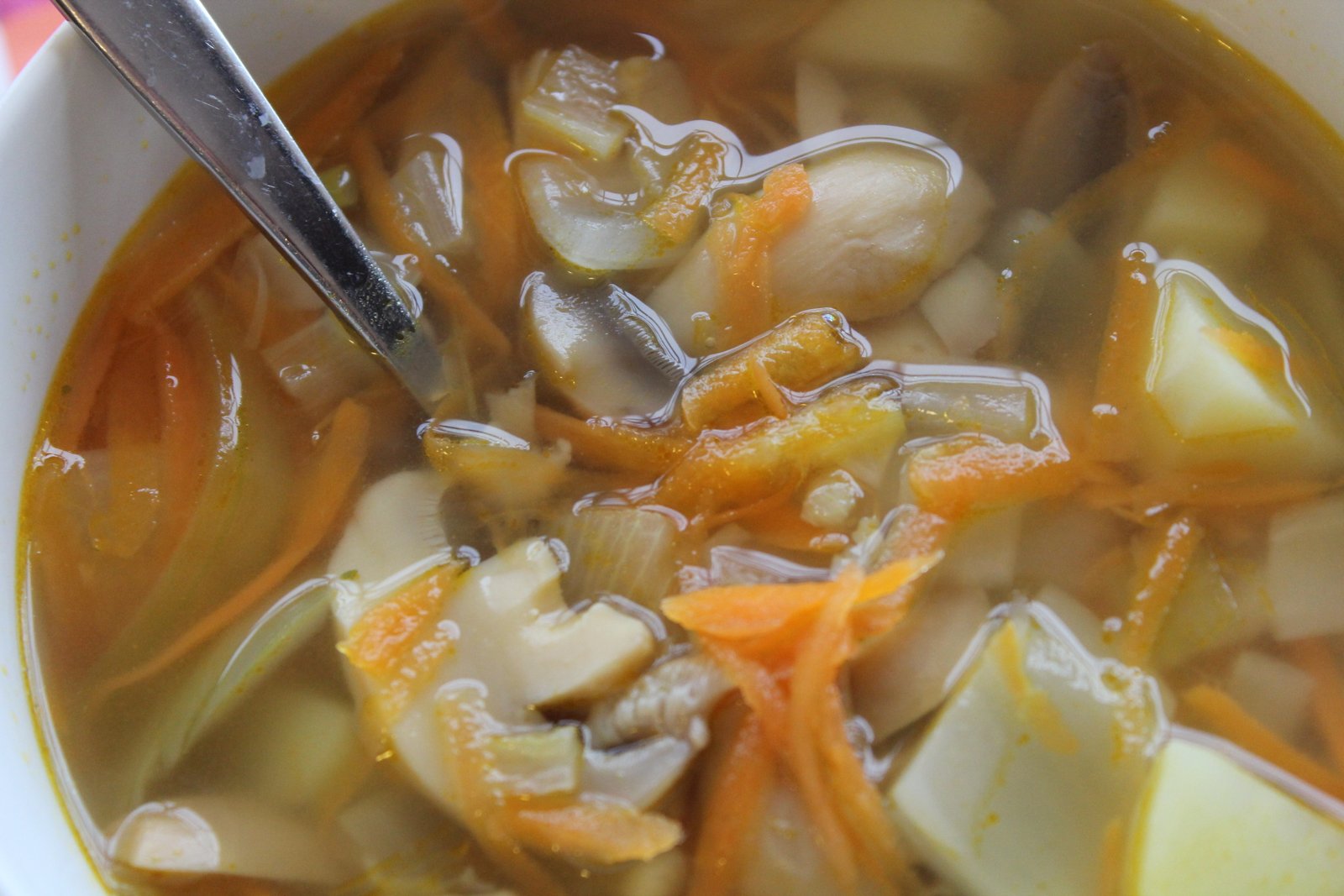
Funges Soup
In France, kings dined on fine ingredients all the time…but that didn’t prevent them from enjoying the simple things, too. Funges was a soup made of chopped mushrooms and leaks in warm broth, topped with a spice mix of cinnamon, ginger, saffron, black pepper, and cloves.
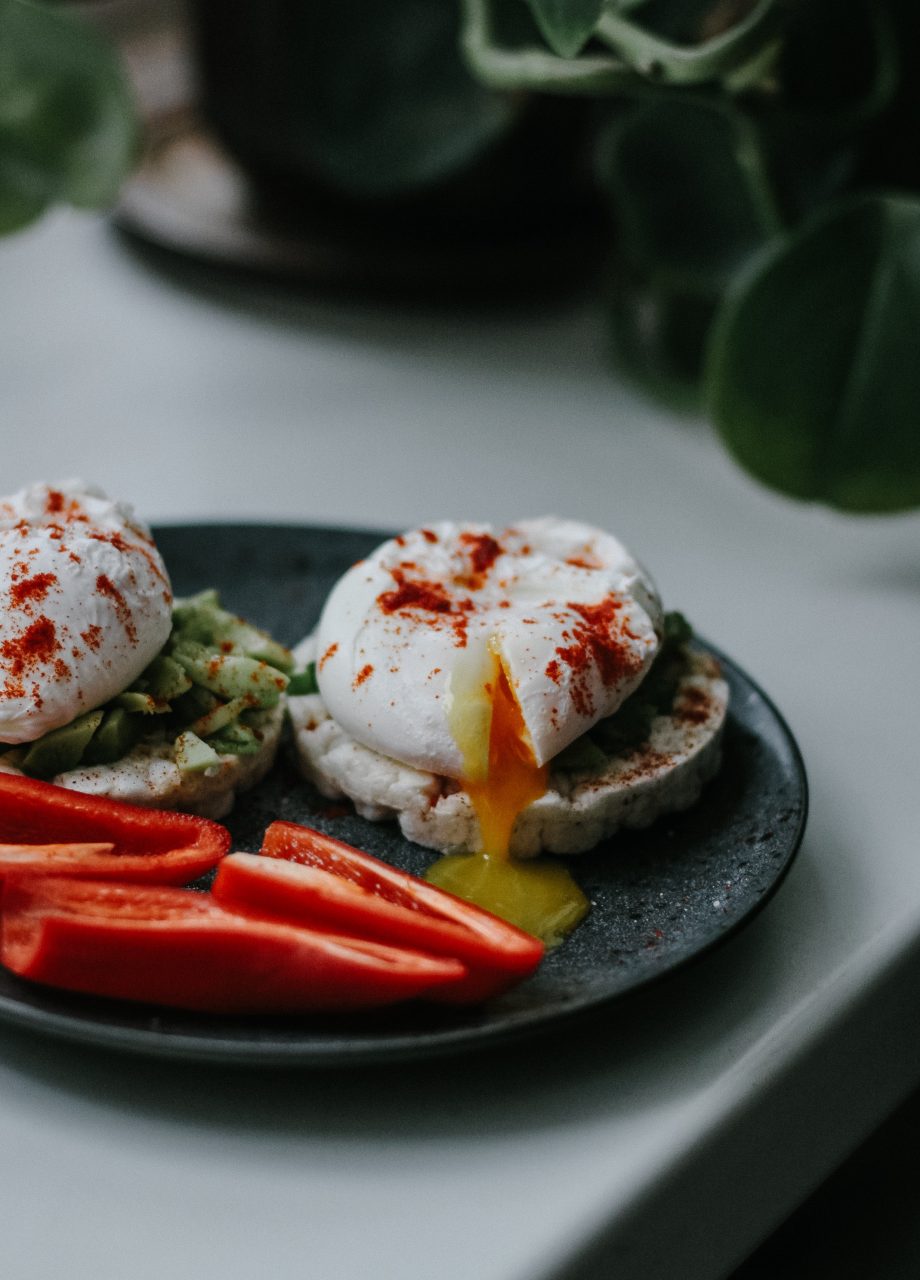
Poached Eggs
Some things never really change, and if a recipe is easy enough, you can bet that it’ll remain constant through the centuries. Poached eggs are a great example of this concept. In medieval England, they were called “poachees,” and were served as a treat at royal banquets.
Making poached eggs is still the same. Just drop eggs into scalding water and let the heat do the rest!
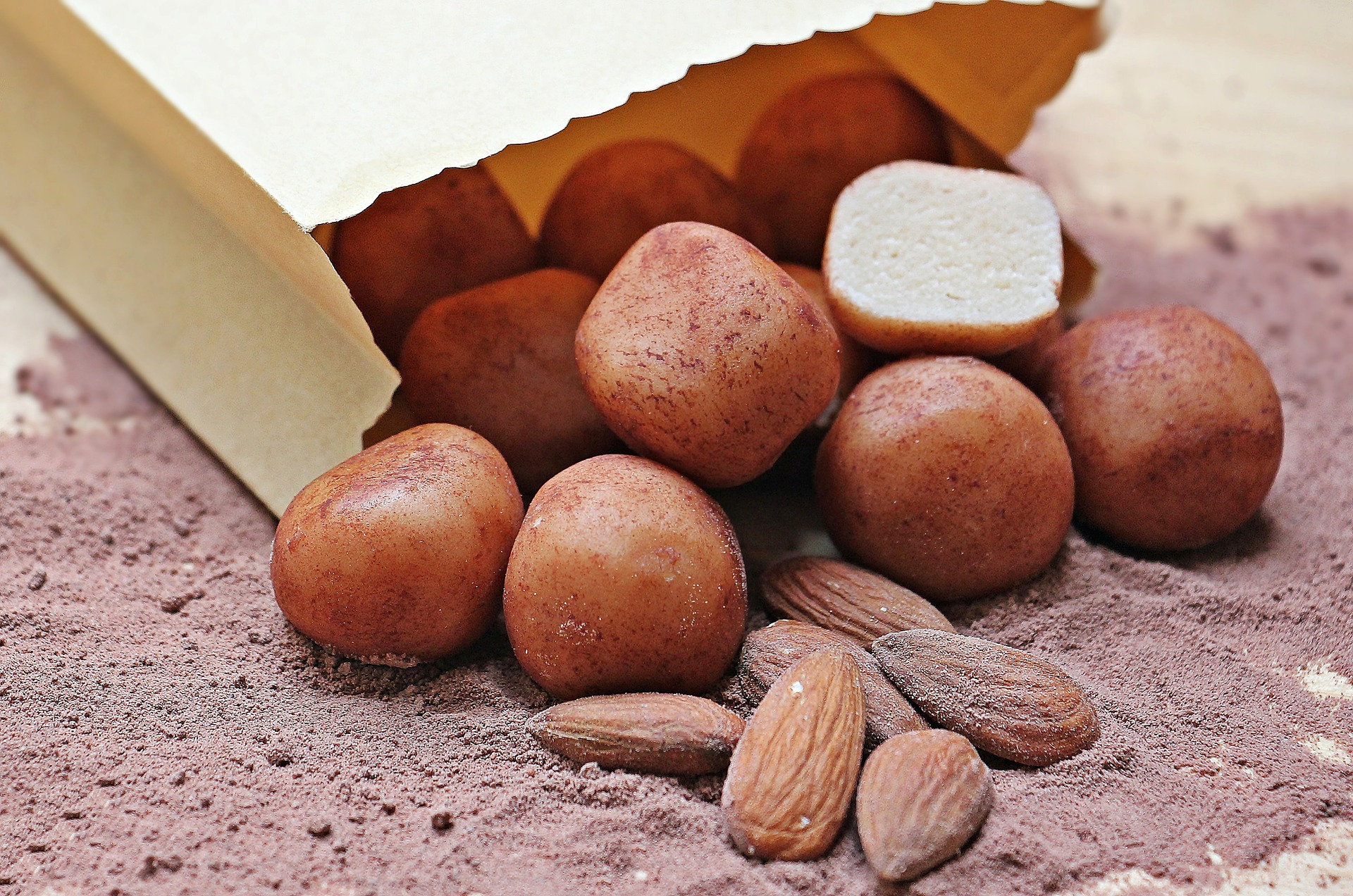
Marzipan
Almonds were the medieval period’s avocado. People loved doing just about everythig with almonds, including making almond pudding, roasting them, adding them to eggs, and yes, making marzipan.
Marzipan is a dessert candy made of ground almonds with sugar that’s still used today. You can pick up marzipan boxes at most specialty stores.
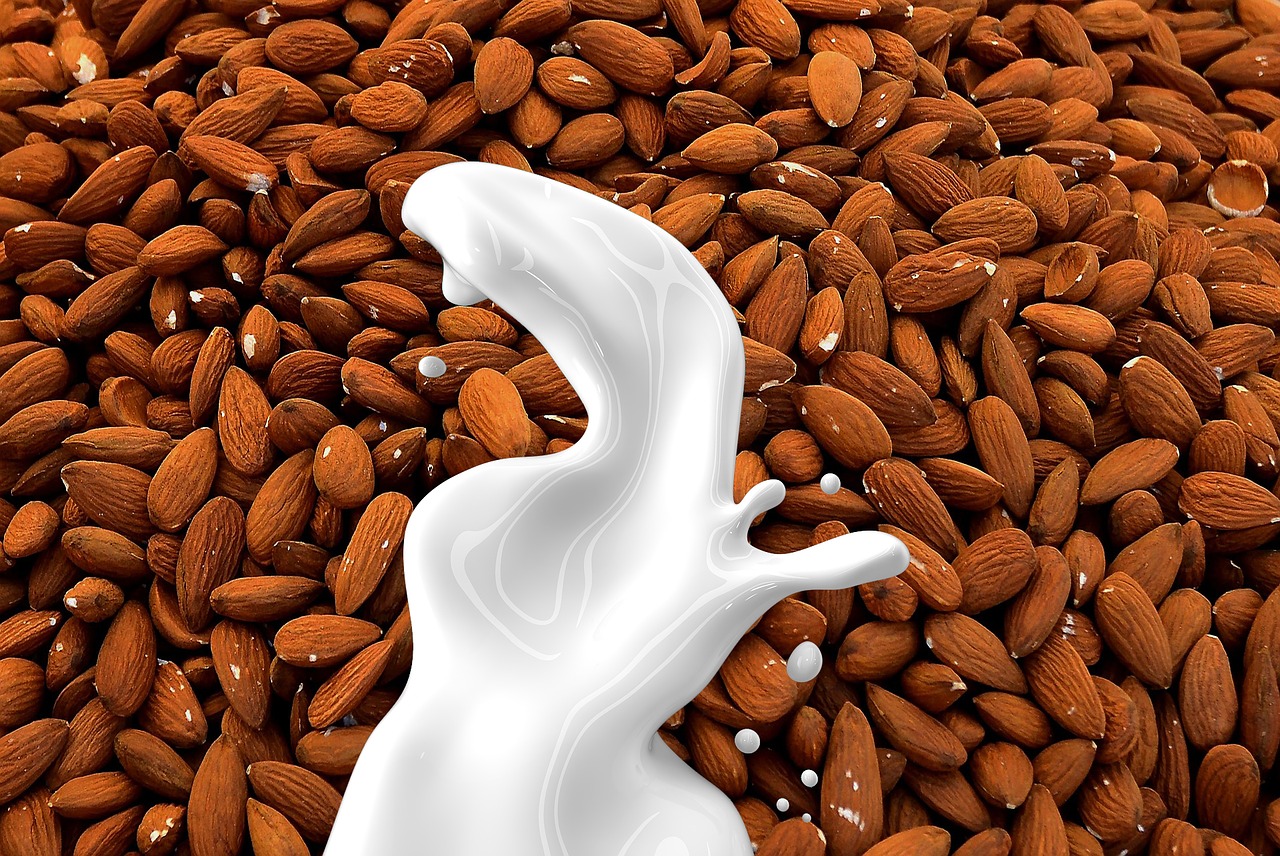
Almond Milk
Most people tend to assume that almond milk is a hipster invention, but it’s actually a lot older than people would expect it to be. During the medieval period, almond milk was seen as a favorite dessert drink and people couldn’t get enough of it.
To make it extra sweet, cooks would add honey to the milk. It was (and still is) a meal that’s truly fit for a king.
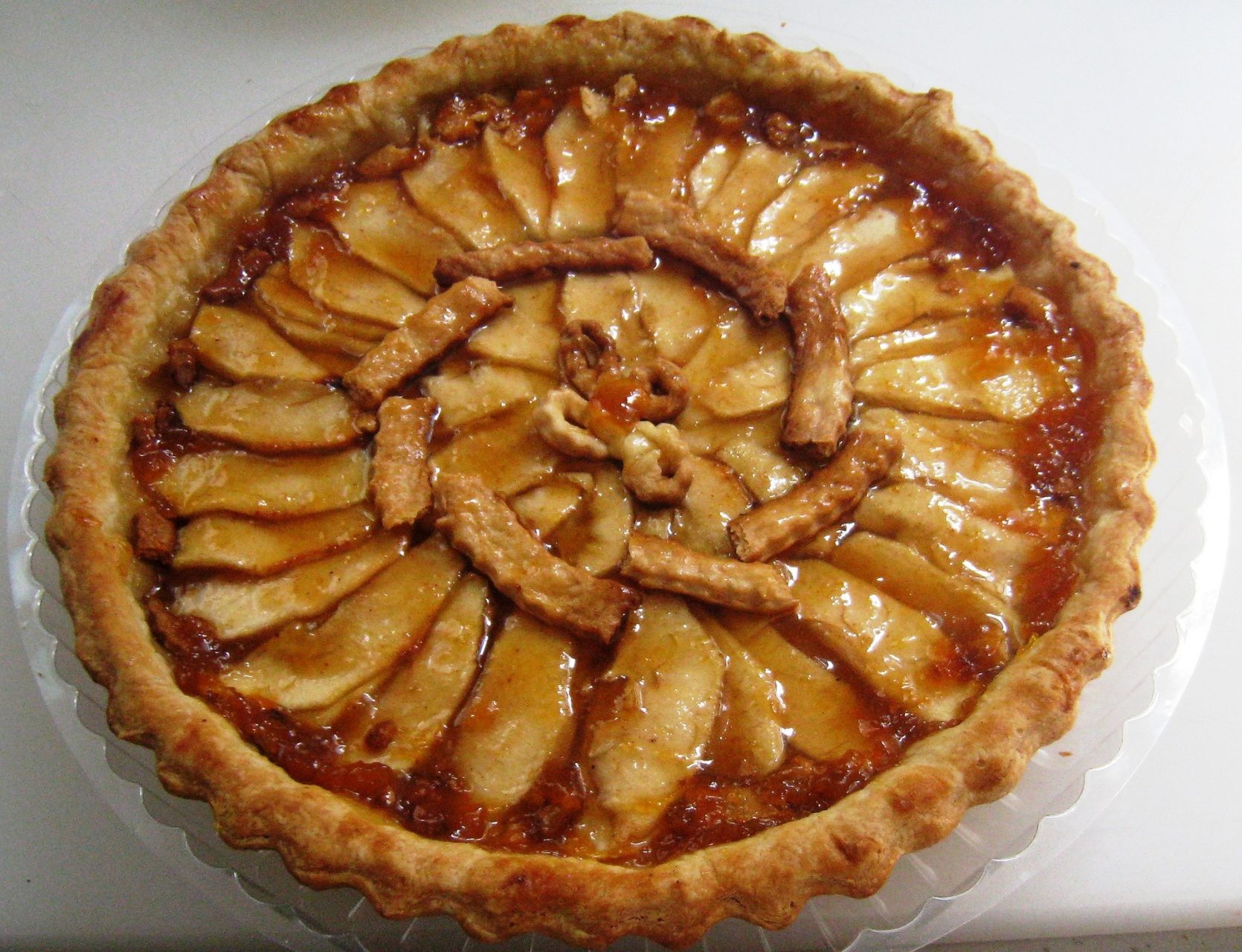
Tartys in Applis
This name sounds pretty fancy, but don’t be too shocked when you find out how simple it is. This is actually just the Old English name for apple tarts, and they were a staple among the elites of the time.
These tarts aren’t quite like what you would see today. Unlike most modern tarts, medieval tarts often involved the inclusion of raisins, figs, and saffron as part of their recipes.